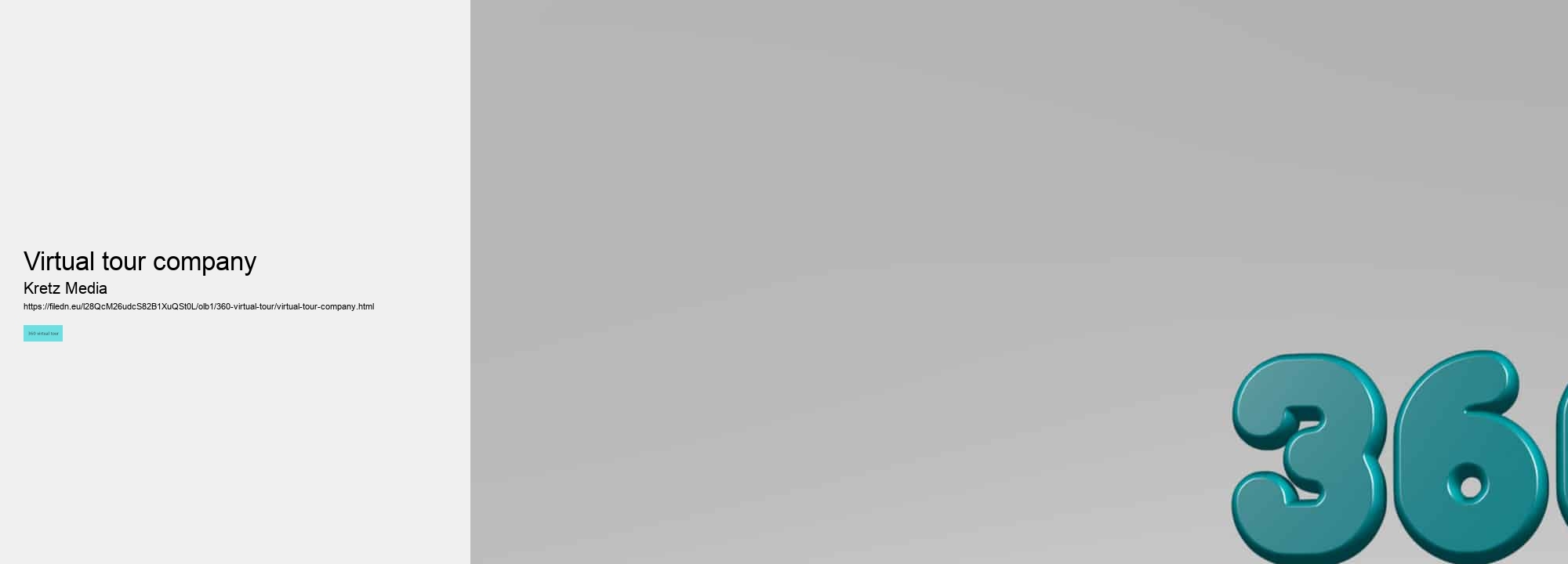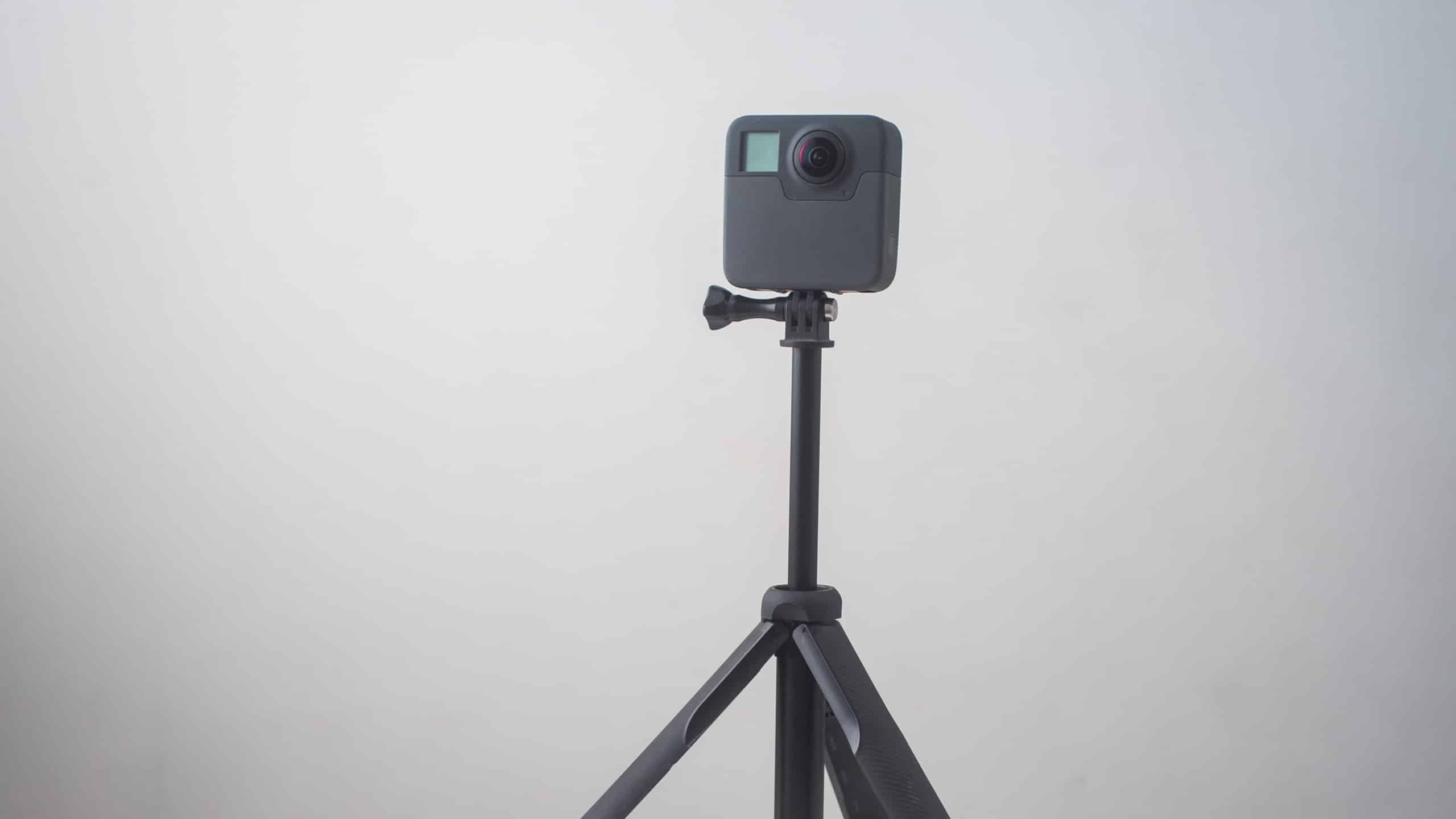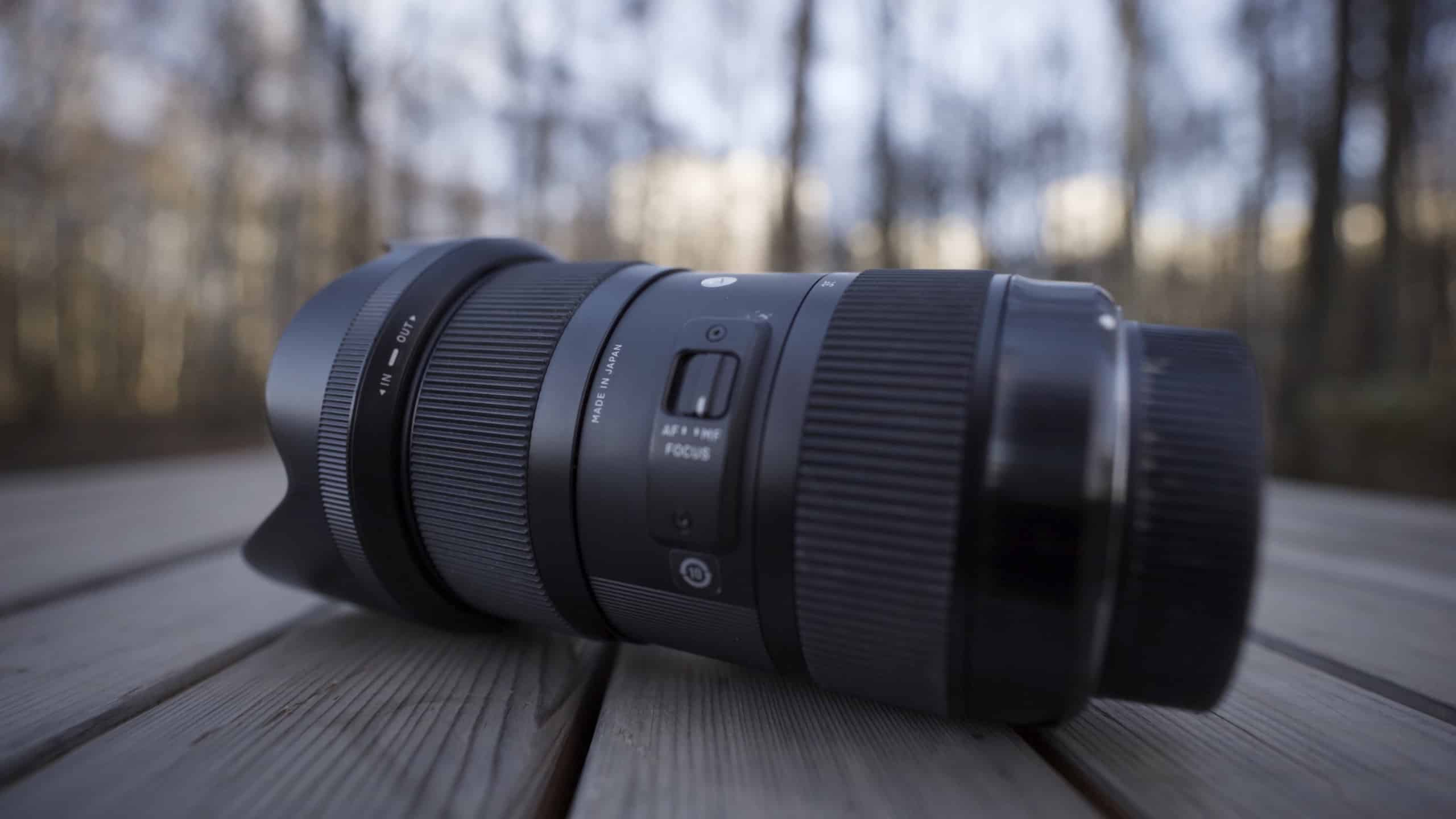

What is a 360 photographer? A 360 photographer is an individual who specializes in capturing images or videos using a specialized camera that can capture a full 360-degree view of the surrounding environment. This type of photography allows viewers to immerse themselves in the scene and feel like they are actually present in the moment. These photographers use advanced equipment, such as 360 cameras or rigs, to capture images from all angles simultaneously. They then use specialized software to stitch these images together into a seamless panoramic view that can be viewed on various platforms, such as websites, social media, or virtual reality headsets. The role of a 360 photographer requires creativity, technical skills, and attention to detail.
Additionally, they need to stay up-to-date with the latest trends and technology in order to produce high-quality content that meets the demands of clients and audiences. In today's digital age, 360 photography has become increasingly popular for various applications, including real estate listings, tourism promotions, event coverage, and virtual tours. It offers a unique and immersive experience for viewers and provides businesses with a powerful tool to showcase their products or services in a compelling way. Overall, a 360 photographer plays an important role in creating captivating visual content that engages audiences and brings scenes to life in a whole new dimension. Their work helps to enhance storytelling and create memorable experiences for viewers across different industries and platforms.
What does a 360 photographer do? A 360 photographer is a professional who specializes in capturing immersive and interactive photographs using specialized cameras that can capture a full 360-degree view of the surroundings. These photographers are skilled at creating stunning visual content that allows viewers to virtually step into the scene and explore every angle. The main goal of a 360 photographer is to create engaging and dynamic images that provide viewers with an unforgettable experience.
In addition to taking high-quality photographs, 360 photographers also play a crucial role in post-processing and editing their images to ensure they meet the highest standards of quality. This often involves stitching together multiple shots to create seamless panoramas, adjusting lighting and colors, and optimizing images for different platforms. Overall, a 360 photographer's job is to push the boundaries of traditional photography by capturing moments in a way that transports viewers into the heart of the action.
Whether it's documenting breathtaking landscapes, showcasing real estate properties, or capturing live events, these talented individuals have the skills and creativity needed to bring any scene to life in stunning detail. What equipment is needed for 360 photography? To successfully capture 360-degree photographs, there are several pieces of equipment that are essential. The most important piece of gear needed for 360 photography is a camera capable of shooting in all directions simultaneously. This can be achieved through the use of specialized 360 cameras or by using multiple traditional cameras mounted on a rig that allows for simultaneous shooting.
A sturdy tripod will prevent any unwanted movement or shaking during the capture process, resulting in sharper and more seamless images. Another crucial piece of equipment for 360 photography is a remote trigger or timer. This allows the photographer to trigger all cameras at once without physically touching them, reducing the risk of motion blur and ensuring precise synchronization between shots. Furthermore, specialized software is required to stitch together the individual images captured by each camera into a single panoramic image.

These programs can also be used to adjust exposure levels, correct lens distortions, and enhance overall image quality. Lastly, proper lighting equipment such as diffusers, reflectors, and strobes may be necessary depending on the shooting environment and desired aesthetic. Good lighting is key to achieving clear and vibrant 360-degree images. In conclusion, while 360 photography may require some additional equipment compared to traditional photography methods, the results can be truly breathtaking. By investing in the right tools and mastering the techniques involved, photographers can create immersive and engaging panoramic images that captivate viewers and bring their subjects to life. What are the benefits of hiring a 360 photographer?
These professionals specialize in capturing panoramic images that provide viewers with a complete, immersive experience. Whether you are showcasing real estate properties, promoting a tourist destination, or simply looking to create engaging content for your website or social media platforms, a 360 photographer can help take your visuals to the next level. One of the main advantages of working with a 360 photographer is the ability to offer customers and clients a more interactive and engaging viewing experience. Traditional photographs can only show one angle at a time, whereas 360-degree images allow viewers to explore every corner of a space as if they were physically there. This increased level of interactivity can lead to higher levels of engagement and interest from potential customers.
In today's digital age, having high-quality visuals is essential for standing out online. By incorporating immersive 360-degree images into your marketing materials, you can showcase your products or services in a unique and memorable way that will leave a lasting impression on viewers. Additionally, 360 photography has been shown to increase customer trust and confidence in businesses. By providing customers with the opportunity to virtually explore spaces before making a purchase decision, you can help alleviate any concerns they may have about the quality or suitability of your offerings. Overall, hiring a 360 photographer can enhance the visual appeal of your projects, improve customer engagement and trust, and give you an edge over competitors in today's crowded digital marketplace.
What software is used by 360 photographers?360 photographers typically use specialized software to create and edit their immersive images. One of the most popular programs used by 360 photographers is Adobe Photoshop, which allows for advanced editing capabilities such as stitching together multiple images to create a seamless 360-degree view. Another commonly used software is PTGui, which is specifically designed for creating panoramic images. This program offers features like automatic alignment and blending of images, making it easier for photographers to create high-quality 360-degree photos. For those looking to add interactive elements to their 360-degree photos, software such as KRPano or Pano2VR are often utilized.
These programs allow users to add hotspots, links, and other interactive features to make the viewing experience more engaging for viewers. In addition to these specific programs, many 360 photographers also use general editing software like Lightroom or Capture One for color correction and other basic edits before moving on to more specialized software for creating their immersive images. Overall, the software used by 360 photographers plays a crucial role in helping them bring their creative vision to life and deliver stunning immersive experiences for viewers. What skills are required to become a successful 360 photographer? Becoming a successful 360 photographer requires a unique set of skills that go beyond just capturing a traditional photograph.
First and foremost, having a strong understanding of photography principles is essential. This includes knowledge of lighting, composition, and exposure settings. Since 360 photography involves capturing images from all angles simultaneously, it's important to be able to adjust these settings quickly and efficiently. In addition to technical skills, creativity plays a crucial role in producing captivating 360 photographs.
This could involve experimenting with different angles, perspectives, or editing techniques to create visually stunning images. Attention to detail is another key skill that sets successful 360 photographers apart. With so many elements in play when shooting in 360 degrees, it's important to pay close attention to every aspect of the image – from the foreground to the background. This includes checking for any inconsistencies or errors in stitching together multiple images into a seamless panorama.

Furthermore, being adaptable and open-minded are important qualities for a successful 360 photographer. As technology continues to evolve and new trends emerge in the industry, it's crucial to stay informed and willing to learn new techniques or tools that can enhance your work. Ultimately, becoming a successful 360 photographer requires a combination of technical expertise, creativity, attention to detail, adaptability, and passion for the craft. By honing these skills and continuously pushing boundaries in your work, you can set yourself apart as a standout professional in this exciting field of photography. What types of projects do 360 photographers typically work on?360 photographers typically work on a wide range of projects that require immersive and interactive visual content.
This can include residential homes, commercial buildings, or even vacation rentals. Another popular application for 360 photography is in the travel and tourism industry. Photographers may be tasked with capturing stunning landscapes or iconic landmarks in a way that transports viewers to the location. These images can be used by travel agencies, hotels, or attractions to promote their offerings and attract visitors.
They can capture concerts, festivals, conferences, and other gatherings in a way that makes viewers feel like they are actually there. This technology adds an extra layer of immersion and engagement to the event experience. In addition to these specific examples, 360 photographers may also work on various marketing campaigns, product launches, educational initiatives, and more. The versatility of this medium allows for endless possibilities in terms of storytelling and audience engagement.
Their work helps businesses showcase their offerings in an innovative way and provides viewers with an immersive experience that traditional photography cannot match. What are some popular platforms for showcasing 360 photography?360 photography has become increasingly popular in recent years, allowing viewers to immerse themselves in a fully interactive and immersive experience. This type of photography allows users to explore a scene or location from every angle, giving them the feeling of actually being there. There are several platforms that have emerged as popular choices for showcasing 360 photography.
One of the most well-known platforms is Google Street View, which allows users to upload their own 360 photos to share with others. Google Street View is widely used by businesses and individuals alike to showcase their locations and give potential customers a virtual tour. Another popular platform for showcasing 360 photography is Facebook. The social media giant has integrated support for 360 photos and videos, allowing users to upload and share their own immersive content with friends and followers.
Additionally, websites like Kuula and Roundme have gained popularity among photographers looking for a dedicated platform to showcase their 360 work. These sites offer features such as interactive hotspots, virtual tours, and easy sharing options that make it simple for users to create stunning presentations of their photography. Overall, there are many options available for showcasing 360 photography online.
With the growing popularity of virtual reality technology, 360 photography is sure to continue its rise as a powerful medium for storytelling and exploration. What trends are shaping the future of 360 photography?360 photography has come a long way since its inception, and the future of this innovative technology is being shaped by a number of exciting trends. One major trend that is driving the evolution of 360 photography is increased accessibility.
This democratization of technology is opening up new possibilities for creative expression and allowing people to capture immersive images like never before. Another trend that is shaping the future of 360 photography is the integration of artificial intelligence (AI) and machine learning technologies. These advancements are making it easier for photographers to create stunning 360 photos with minimal effort.

Yes, 360 virtual tours can be viewed using virtual reality (VR) devices, providing an even more immersive experience for viewers.
The time it takes to create a 360 virtual tour depends on the size and complexity of the location, as well as the desired level of detail. On average, it can take anywhere from a few hours to several days to complete a tour.
Yes, 360 virtual tours can be viewed on a variety of devices, including smartphones, tablets, and computers. Many virtual tour platforms are optimized for mobile viewing.